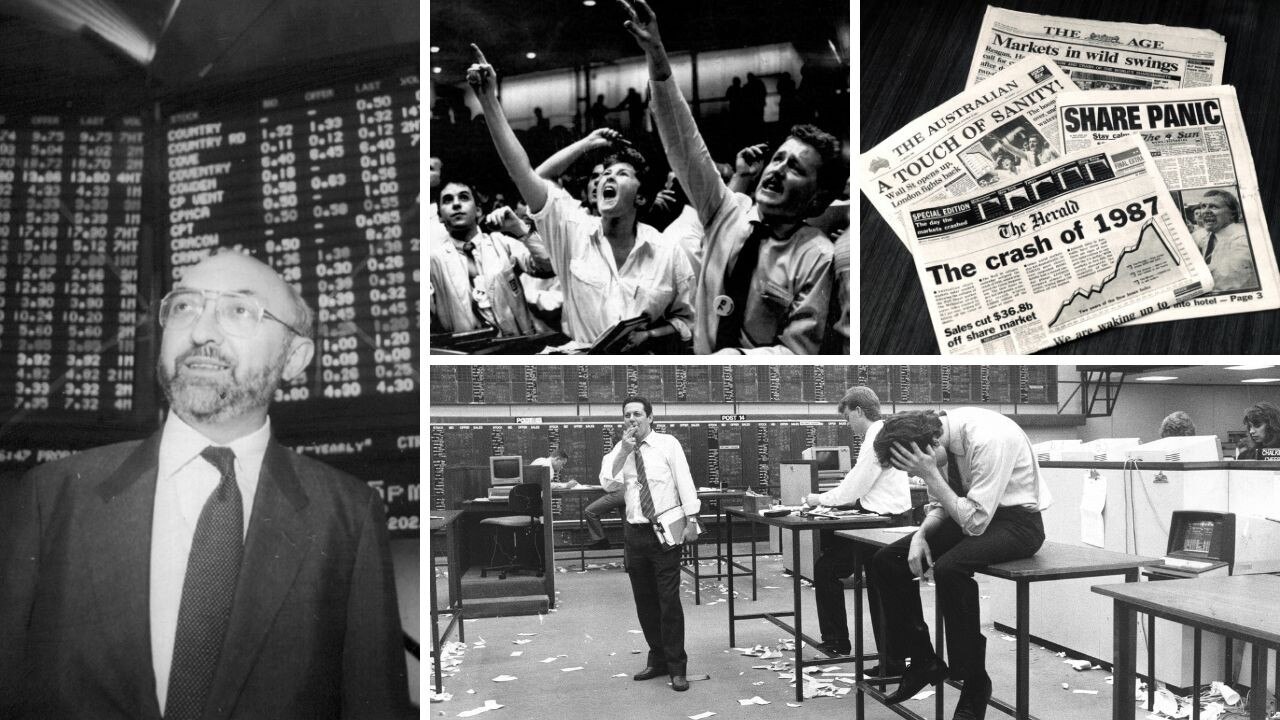Inside the Macfarlane’s attack on RBA changes
Ex-RBA head Ian Macfarlane has kept up his public attack on proposed changes to the central bank which he says will ‘seriously weaken’ the ability of the current governor to do her job.

Terry McCrann
Don't miss out on the headlines from Terry McCrann. Followed categories will be added to My News.
Former Reserve Bank governor Ian Macfarlane has – commendably in the public interest, in my view – kept up his public attack on the proposed changes to the RBA and in particular the way it will set interest rates in the future.
At a conference Thursday, he attacked the proposed changes from the RBA review – accepted immediately, in full, and without qualification, by treasurer Jim Chalmers, on behalf of the Albanese Labor Government – as “radical”.
They would “seriously weaken” the ability of new governor Michele Bullock to do her job effectively, he argued. The key change that Macfarlane has attacked is the way monetary policy – interest rate – decisions will be handed to a new nine member committee, with six external part-timers.
The three ‘insiders’ would be the RBA governor, deputy and treasury secretary. As Macfarlane argues, this would open the door for the governor to be outvoted by the external part-timers – making it difficult-to-impossible for her to justify decisions she didn’t agree with. Or indeed, to do her very job of running monetary policy successfully.
Macfarlane is right, but in a complicated way, that really goes to the way the RBA has worked under him, his predecessor Bernie Fraser, and his two successors Glenn Stevens and the just-departed Philip Lowe.
On the surface this is exactly the way the RBA has been structured and functioned in setting interest rates, through all four governors. For all this time the rate-setting board has had exactly the same three ‘insiders’ and six external part-timers. It’s always been theoretically possible for the outsiders to out-vote the insiders.
Except they never have; and it’s the reason they never have, that Macfarlane is really getting at, albeit indirectly.
In all the time I’ve watched the RBA work – including the 1980s when, bluntly, it didn’t work that well, in the chaos of the Keating years – its success since the early 1990s has been built on a creative, granular relationship between the RBA insiders and the external directors. RBA management works 24/7 assessing the economy in a global context, formulating a view of appropriate monetary policy, both immediate and into the short-term future. The governor and deputy take that to each board meeting, where the functionality of the board has been to interrogate it with the real-world knowledge they bring to the table.
It works with the governor convincing the board, bringing it along with him (her, now); but also having the board impact on the immediate decision and the future course.
A simple example: RBA management might argue that rates need to be lifted progressively by 100 points and want to start with 50.
The board discussion might evolve into a unanimous ‘consensus’ – rather than a blunt ‘yes’ or ‘no’ vote - to do 25 at this meeting, 25 at the next meeting, and then see more data going down to the third and fourth meetings.
By forcing a more simplistic – public – vote, we would likely lose the benefits of this process, which optimises the 24/7 analytical competence – and leadership – of the insiders being interrogated and challenged and modified, but not crudely over-ridden, by the real-world experience of the outsiders.
Originally published as Inside the Macfarlane’s attack on RBA changes



